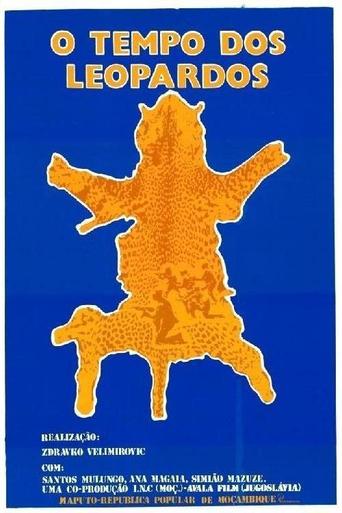
As children, a Mozambique native and a Portuguese colonialist were friends. Years have passed and Mozambique is fighting for its independence. Two childhood friends meet on opposing sides.
Similar titles
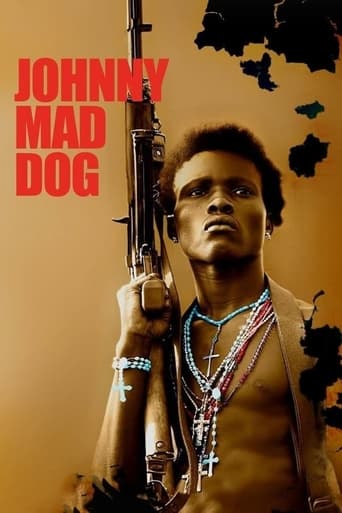

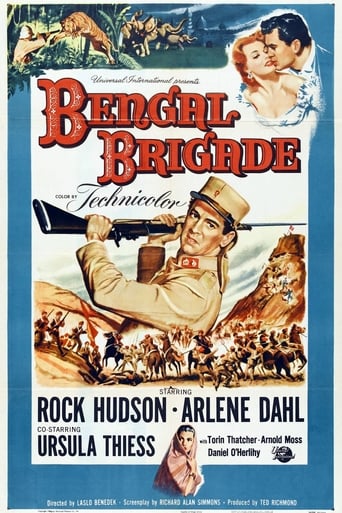
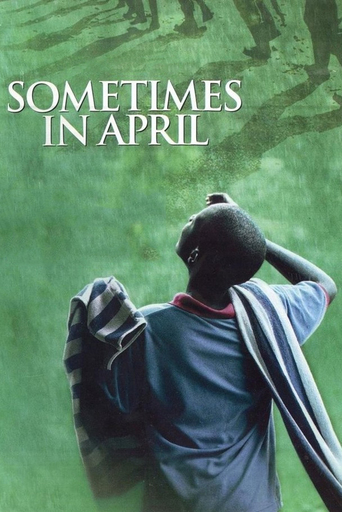
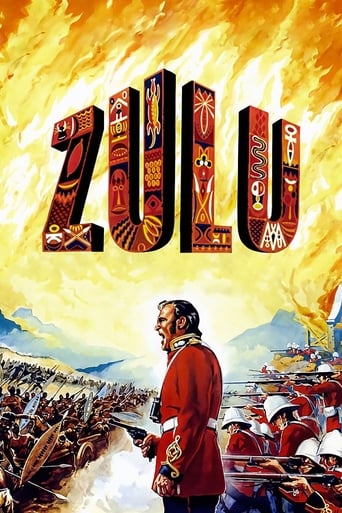
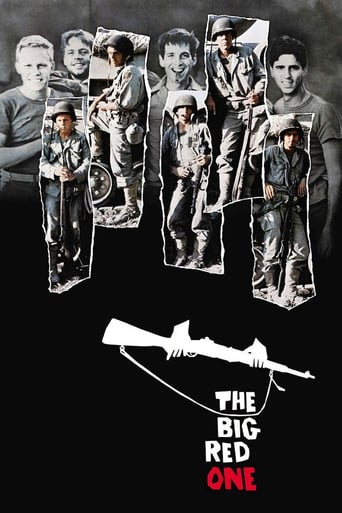
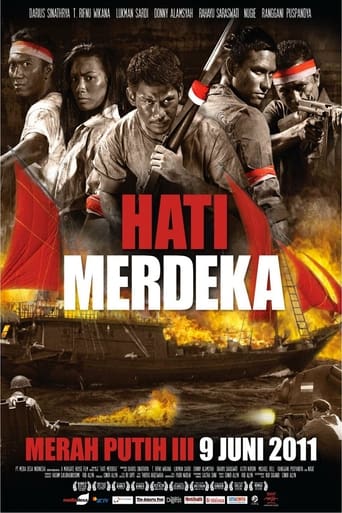
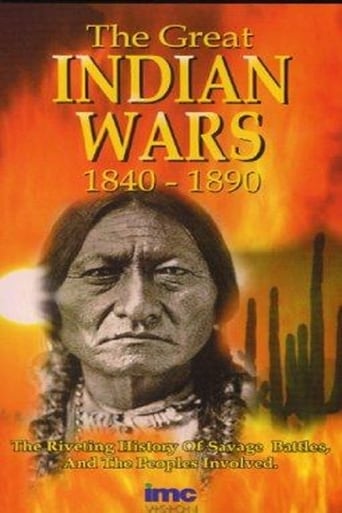
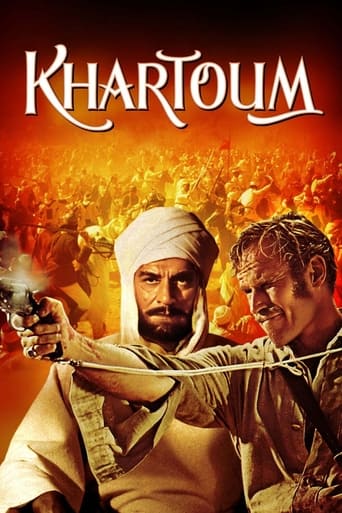
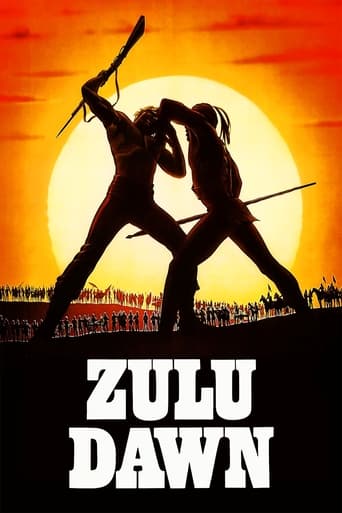
Reviews
Very best movie i ever watch
Simply Perfect
Excellent adaptation.
The film's masterful storytelling did its job. The message was clear. No need to overdo.
"Zdravko Velimirovic's O Tempo dos Leopardos is, on the contrary, an epic film, the only film of the corpus directly representing the Liberation Struggle in its quotidian and military operations. A fiction feature co-produced with Yugoslavia, this socialist realist film treats the Liberation Struggle in the form of a didactic coloured model. If Guerra states that 'we cannot make political films on the basis of political strategies or practices',46 in O Tempo there is an evident hiatus between the film's political content, its conventional form and its teleology. It poorly serves a cause - the mythification of the liberation struggle - not hesitating to have as protagonists Pedro, The Leopard (Santos Mulungo) and Ana (Ana Magaia), whose physical and moral characteristics are evidently inspired by Samora and Josina Machel. What is at stake here is not merely the Liberation Struggle, but rather primarily - and mostly - the so-called 'civil war', therefore, not a past tense, but a lived present and expectations of the future. Consequently, at a discursive level, there is no question of returning to the past; instead it turns towards the future, the radiant future of the represented liberated areas, which might extend to the entire territory, which becomes even more important in view of the temporal dislocation performed by the film's narration. Nevertheless, what is effectively prefigured are the historical events to come, the death of Machel, anticipated by Pedro's crucifixion, and the failure of Mozambique's political and cultural project.Guerra states that 'aesthetics is always politics' and that 'we cannot separate politics from aesthetics'.47 The political implications contained within the aesthetics of Velimirovic's film seem to assert that FRELIMO's cultural project had by then attained their fixed rigid aesthetic forms. At least that is the impression that the film leaves regarding the horizon of expectation.48The exotic representation of the landscape and cultural forms of expression do not differ essentially from the way colonial cinema depicted the colony. At the same time, on the ideological plane, it is important to note the insistence on national unity and the notion of mogambicanidade ('Mozambicanity'), which would result from a synthesis between tradition and modernity. The indirect punishment of traditional power structures that refused to support the Liberation cause is in this regard highly symptomatic. What is remarkable in the film is the way it represents the transformation of cultural forms of expression by the Liberation Struggle, for instance in the sequence showing the FRELIMO guerrilla fighters dancing while holding rifles. On the other hand, if in the three films analysed here there is a common reluctance to use archive images from the conflict, O Tempo shows archive footage from Liberation Struggle through a second-degree narration, from which it would appear demonstrable that the documentary images and the film shots belong to the same historical and ontological category. This is even more relevant since it occurs in a film teleolog-ically-oriented by consent, but which deliberately problematises the mechanisms of propaganda, as well as the process of heroisation it enacts.Raquel Schefer"Even though I feel this approach makes a lot of great points, Velimirovic's film is a pretty solid mainstream war feature. Bearing in mind that he worked with amateur actors with little or none previous acting experience, the characters work on most levels, and some of the colonisers bring more depth than one may imagine in such a feature. Velimirovic grinded his axe in Yugoslav WW2 films so his staging of action sequences is pretty competent. Nowadays seeing guys blasting AK-47s in Ex-Yugoslav films is quite common. However, seeing action sequences set in contemporary times when modern weaponry was actually quite rare in Yugoslav films (this film was made in 1985 and the events it depicts are set in 1971).Thus, maybe Velimirovic's film doesn't have the sufficient gallery value as something by Godard or Godard-like. But then it can be played on any TV network without any shame. It is a lasting topical film about Mozambican struggle and anti-colonialism. It sure doesn't reach potency of Gillo Pontecorvo's Il battaglia del Algeri but it stands on its own.
Top Streaming Movies












